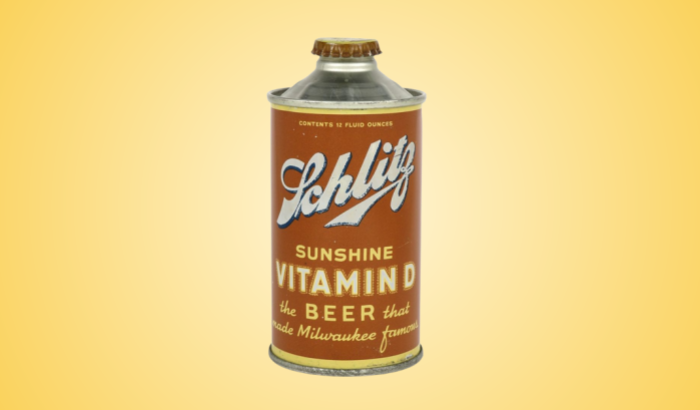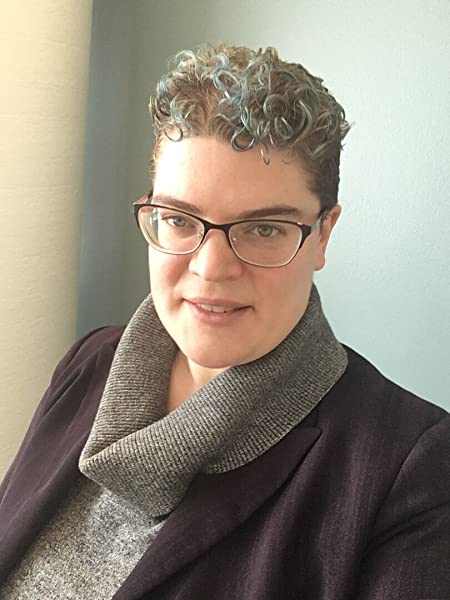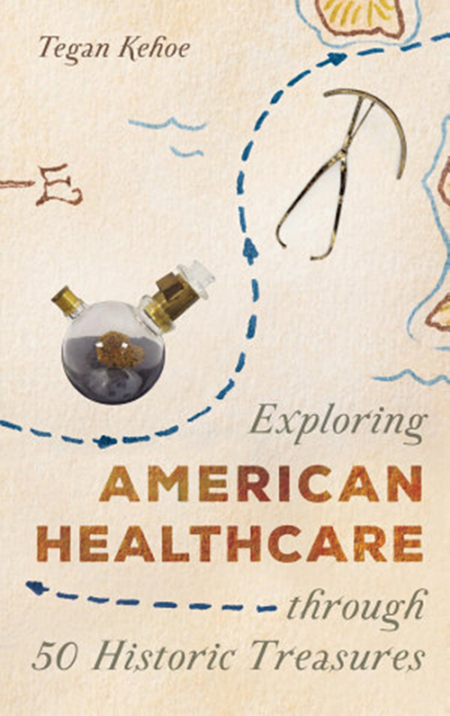
“I wrote the book as the story was breaking news … It was a really interesting process”
Vitamins from beer? It sounds unorthodox, but Schlitz tried to capitalize on this idea during the first vitamin craze in the US. In the 1930s, the beer company encouraged people to drink Schiltz not only for the buzz, but also for the vitamins—specifically, Vitamin D.
This is one of the many revelations about medicine in a new book, Exploring American Healthcare Through 50 Historic Treasures, by Boston museum curator Tegan Kehoe. A historian and author, she is also the exhibit and education specialist at MGH’s Paul S. Russell, MD Museum of Medical History and Innovation. The book is a journey through the history of US medicine and healthcare, with the author selecting artifacts to represent different periods.
 “It was a really interesting process,” Kehoe said. “At times, it was very difficult, at times it flowed easily. It was very time-consuming to create a list of 50 artifacts [and] balance representation of different times in American medical history.”
“It was a really interesting process,” Kehoe said. “At times, it was very difficult, at times it flowed easily. It was very time-consuming to create a list of 50 artifacts [and] balance representation of different times in American medical history.”
There’s George Washington’s toothbrush from 1795, and a bottle of coca that was used for medical purposes just over a century later, in 1896.
In the years after Prohibition, Americans were told that beer just might be good for them. It happened when Schlitz capitalized on the decade’s vitamin craze with its Sunshine ‘Vitamin D’ beer. A photo of a vintage 1936 can is included in the book, courtesy of the Wisconsin Historical Society in Madison. Of course, Schlitz is also from Wisconsin, albeit a different city—it is, after all, “what made Milwaukee famous.”
“I think I really like that artifact,” Kehoe said. “It’s so surprising and also makes a lot of sense.”
As she further explained, “Companies use various health food crazes in marketing all the time today—think of kombucha … This was the first vitamin craze. The first time science had identified vitamins was a few decades ago [in 1912]. It made sense that companies saw a marketing niche.” She added, “I don’t think of beer as a health food—and it isn’t.”
You’ll learn about an early health insurance card, and the reasons why doctors in the early 20th century opposed it. One of the charges—socialism—is frequently used against national health care today. During World War II, however, Kaiser Shipyards created what was basically the first-ever HMO as an option for its 90,000 workers in Richmond, California, reflecting the influence of war on advances in medicine and healthcare. Among the 90% who signed up was shipyard employee Thelma Jensen, whose card is displayed.
“There’s something ironic about war,” said Kehoe, who spoke with DigBoston before the eruption of the latest conflict in Ukraine. “Historically, a lot of medical advances have been made during wartime that benefit civilians—because there’s so much illness, injury, violence and loss that happens all at once.”
“It comes up a lot in the book,” she said. “There are those opportunities for medical advances.”
In a comment that gained further relevance following the Ukraine conflict, she said, “Another way current political events might be reflected in the book is that so many of the people in many of the periods are immigrants. Some of them are refugees.”
One individual profiled in the book was Pedro Jaramillo, better known as Don Pedrito, a curandero or faith healer in the late 19th and early 20th centuries. He was born in Mexico during a contentious period in border relations. Later in life, in 1881, he relocated from Guadalajara, Mexico, to Texas.
“He did not start work as a healer until after he had moved across the border to Texas,” Kehoe said of Jaramillo. “The border changed during his lifetime … He did move to Texas after the border changed. It’s a story of immigration.”
Kehoe notes that “his patients started out being largely Mexican-American, people in that border community. And said, “As [he] became more famous, other residents of the area, including European-American white residents, became interested in his work, became his patients. Definitely, history was cross-cultural at a number of junctures.”
Today, the curator said, “The way refugees and immigrants are treated in a general sense and a medical sense is another part of the connection [between the book and now].”
Other artifacts represent breakthroughs in the fight against infectious diseases. There’s a snuffbox presented by Dr. Edward Jenner—who discovered the first vaccine, against smallpox, in 1796—to his colleague Dr. Benjamin Waterhouse, a faculty member at Harvard Medical School who is known as the first US vaccination advocate. Jenner’s vaccine worked by using a different kind of virus—cowpox—to inoculate people against smallpox. He sent cowpox quills to Waterhouse, who inoculated people including his young son. The Waterhouse residence is preserved as a Cambridge landmark on its eponymous street. The snuffbox he once received dates back to 1802 and comes from the Warren Anatomical Museum at Harvard Medical School’s Countway Library.
“In the past 230 years or so, since vaccines were developed, the field of vaccine safety has developed into a really robust field,” Kehoe said.
Asked about the COVID-19 vaccines, she replied, “I wrote the book as the story was breaking news. They’re one of the most thoroughly tested vaccines we’ve ever had, a really nice kind of—I don’t want to say capstone, because research is continuing, too, but it’s a nice place to be in the story of vaccines as it’s developed over centuries.”
 The oldest artifact in the book is a late-18th-century wax model of a scrotum used in medical education, research, and teaching around the issue of carcinoma. This disease, which could affect the scrotum, was common among chimney sweeps who inhaled coal dust over a long period of time.
The oldest artifact in the book is a late-18th-century wax model of a scrotum used in medical education, research, and teaching around the issue of carcinoma. This disease, which could affect the scrotum, was common among chimney sweeps who inhaled coal dust over a long period of time.
“Many [chimney sweeps] started as children,” Kehoe noted. “In the US, many were either free or enslaved Black children who grew up in very hazardous working conditions and developed cancer as part of it.”
Other artifacts in the book also reflect negative aspects of medical and healthcare history in the US, including the embrace of the since-discredited theory of eugenics by the medical establishment in the late 19th and early 20th centuries.
Kehoe explained that because the book is part of a series, its title refers to 50 historical treasures. However, she added, some of the items in the book, including with regard to eugenics, can only be considered treasures in that they educate readers today about the sins of the past.
“It was really important to include chapters on topics that … I personally morally disagree with, that I hope all of the readers will disagree with,” she said. “Things like eugenics, which actually influenced the way the Nazis practiced eugenics. Today we don’t have any—that I know of—organizations calling themselves a eugenics society. The remaining ones changed their names in the 1980s.
“But there are some [continuing] strains of thought—the idea of valuing people based on their health, their contributions to society based on their health, what rights they should be given, what rights they should be receiving, the right to have a family, the right to make independent decisions. In some cases, the right to live. It’s based on value judgments of people’s health, race, gender. We’ve confronted it sometimes in society. We’re not over that.”
Rich Tenorio is a writer and editor whose work has appeared in international, national, regional and local media outlets. He is a graduate of Harvard College and the Columbia University Graduate School of Journalism. He is also a cartoonist.

